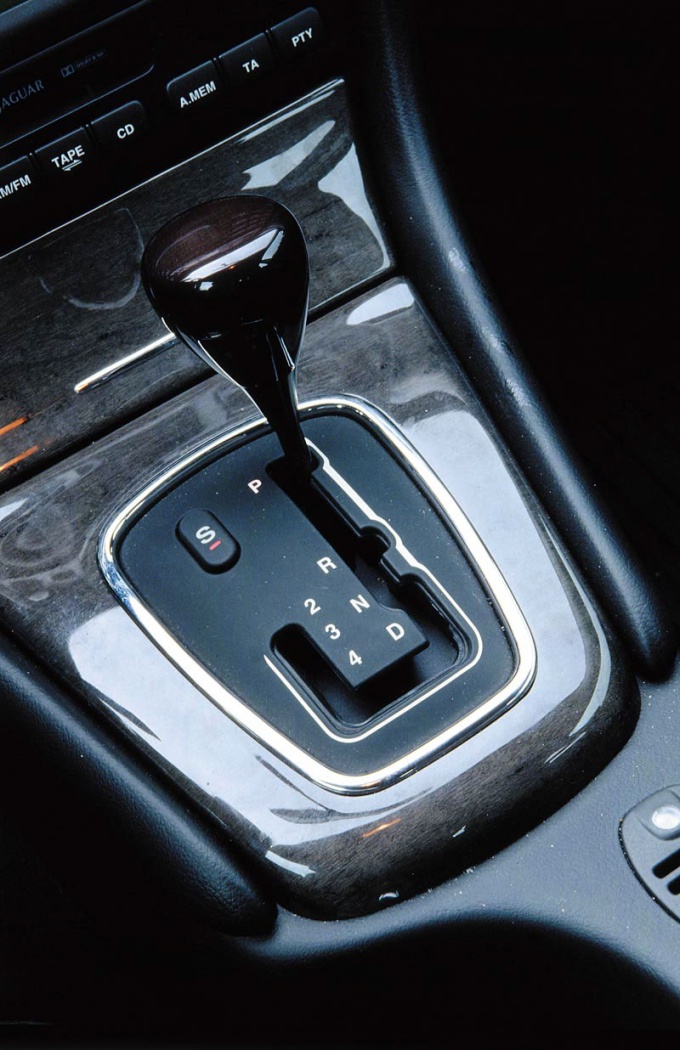Instruction
1
To understand the fundamental differences between classical automatic transmission from the variator, try to understand their device.
The main component of the classical automatic transmission (at) is the torque Converter, which corresponds to the clutch of the mechanical transmission directly performs the function of switching speeds, and does it in a timely manner, which undoubtedly reduces engine wear.
Automatic transmission also equipped with a mechanism for selecting the driving mode, the control unit and control and, in fact, gearbox.
The main component of the classical automatic transmission (at) is the torque Converter, which corresponds to the clutch of the mechanical transmission directly performs the function of switching speeds, and does it in a timely manner, which undoubtedly reduces engine wear.
Automatic transmission also equipped with a mechanism for selecting the driving mode, the control unit and control and, in fact, gearbox.
2
CVT is a type of automatic transmissions.
A distinctive feature of this transmission is the lack of fixed steps, there is no first, second, third, etc. transmission, it is continuously and smoothly changes the gear ratio. Switching gears here as they do not exist, resulting in no impact when starting off and accelerating.
The CVTs have an infinite number of gears that allows the engine to run at the most advantageous modes — do we need maximum power, or, conversely, smoothness and minimum fuel consumption.
Because the model with variatormi features high efficiency, combined with a very decent dynamics.
A distinctive feature of this transmission is the lack of fixed steps, there is no first, second, third, etc. transmission, it is continuously and smoothly changes the gear ratio. Switching gears here as they do not exist, resulting in no impact when starting off and accelerating.
The CVTs have an infinite number of gears that allows the engine to run at the most advantageous modes — do we need maximum power, or, conversely, smoothness and minimum fuel consumption.
Because the model with variatormi features high efficiency, combined with a very decent dynamics.
3
Regardless of what automatic transmission will choose for the motorist - whether it's a classic "automatic" or stepless variator - it is in any case acquire all of the advantages of this type of transmission.
First, sharply reduced the voltage to the driver while driving, which increases driving comfort. If before, having a manual transmission, the driver of his attention was given to the process of switching transmission, with automatic transmission, all his attention can be focused on the road, which provides greater safety.
Secondly, the engine and chassis of the car is protected from overloads, which prolongs its operation.
Thirdly, the automatic transmission allows the car to move more smoothly, there is no impetus when shifting and when starting off.
First, sharply reduced the voltage to the driver while driving, which increases driving comfort. If before, having a manual transmission, the driver of his attention was given to the process of switching transmission, with automatic transmission, all his attention can be focused on the road, which provides greater safety.
Secondly, the engine and chassis of the car is protected from overloads, which prolongs its operation.
Thirdly, the automatic transmission allows the car to move more smoothly, there is no impetus when shifting and when starting off.
Note
A car with an automatic transmission is undesirable to tow, it is better to use the services of a tow truck.
Maintenance and repair of motorist will cost more than with a manual transmission.
Car with automatic transmission requires more fuel consumption.
Maintenance and repair of motorist will cost more than with a manual transmission.
Car with automatic transmission requires more fuel consumption.
